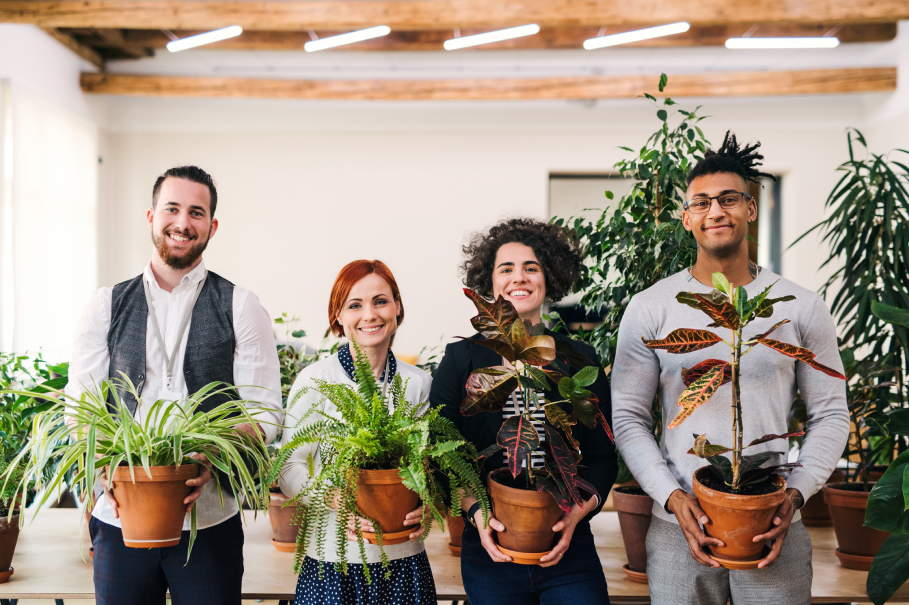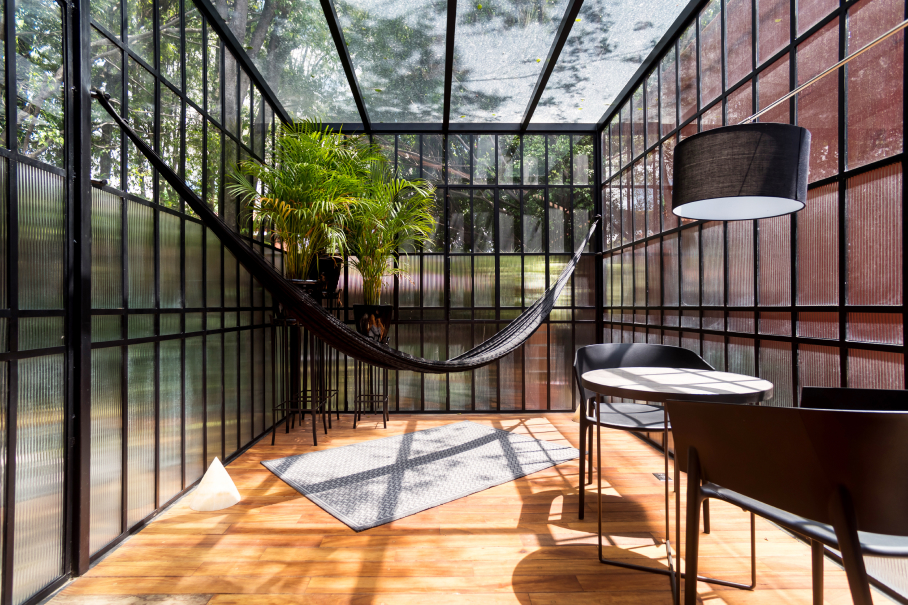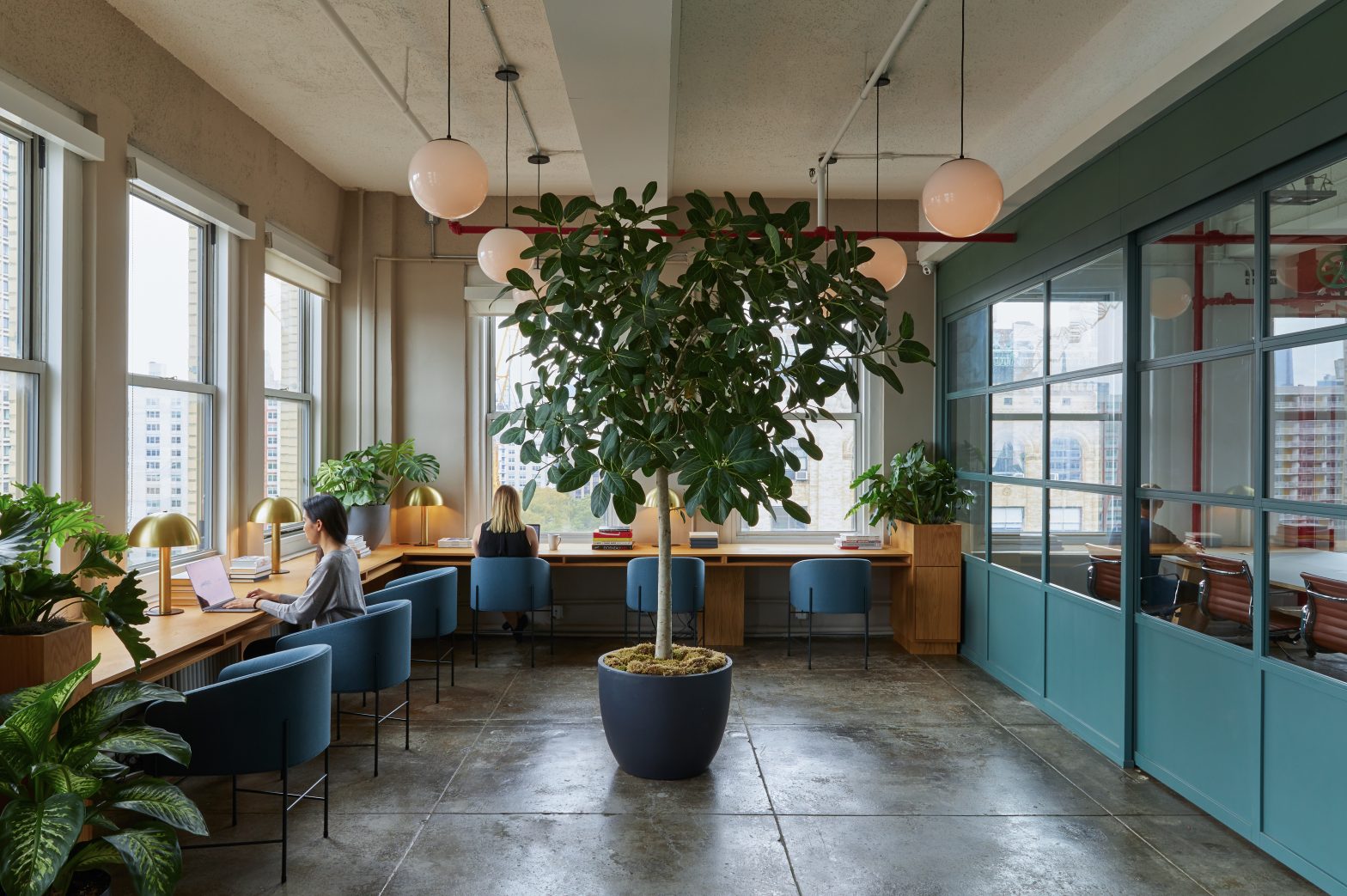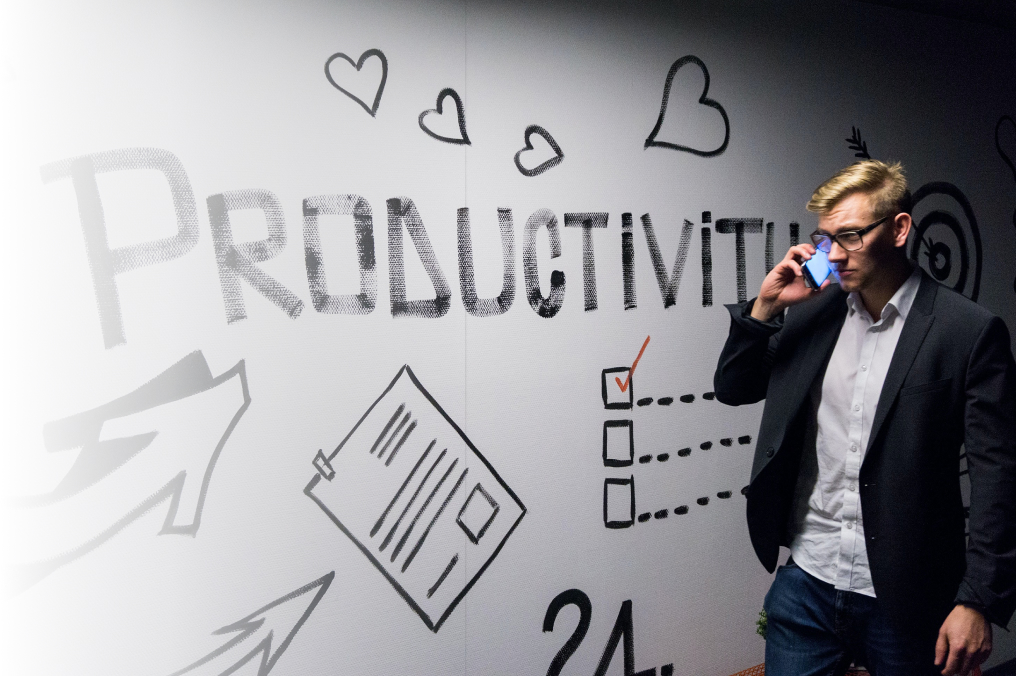Density’s Workplace Innovation Lead Nellie Hayat walks Out of Office through the impact of seasonal changes on the workplace and how we can better design to accommodate the shift.
December is here and I am feeling low on energy. Almost every winter when the days become shorter and my rain jacket becomes the number one accessory, I desire only one thing, to stay in bed and hibernate…I also want to eat a ton of chocolate. Tell me you don’t feel the same way.
I have recently learned about the winter blues phenomenon, or its more scientific term, seasonal affective disorder (SAD). The seasonal affective disorder is a type of depression that’s related to the change in seasons. For most people with SAD, symptoms start in the fall and continue into the winter months, lowering energy levels and making one feel moody or stressed.
The reduced exposure to sunlight, the increased difficulty to exercise in harsh environments (snow, rain, winds), and the calorie overload (yes, it’s the turkey, sweet potatoes, Christmas chocolate, and other yummy foods) all send us down an emotional and altered state.
If the pandemic has taught us one thing, it’s that we can’t escape the laws of nature, and in many cases, the change in seasons can throw us out of our routine completely. It becomes much harder to socialize, work, or even feel energized.
But what if the workplace became a refuge during the winter blues?
Make room for nature
Our indoor spaces have played a major role since the dawn of time. They’ve protected us from the rain and the cold, they’ve created a shelter against wild animals, and have shielded us from the scorching sun. But as we started to build to protect, we also moved away from our human instinct to search for nature. In a world that is more and more concerned by health issues and contamination, plants are now playing a critical role in how we design our spaces and think about our overall health.
Well before the pandemic, companies were using biophilic design to improve productivity, increase employee engagement, and lower stress levels in the office. Biophilic design is a concept that integrates direct or indirect nature in infrustructures like malls, homes, and office spaces. Although it’s not an entirely new concept, it has most recently gained popularity in the last few years. Companies like Facebook opened up their garden roof fantasyland in 2015, and soon after, Amazon created a unique space for collaborations with their spherical conservatories in 2018.

Fast forward to 2021, we’re now seeing a new generation of office buildings on the way. As more companies hold on to their real estate portfolio, design is changing and nature is taking over. Design and architecture firms are starting to see an explosive demand in experience design with an emphasis on wood and other organic material to create awareness around sustainability and mental health.
But we can’t stop there. As we make changes within our workspaces we will also need to consider seasonal changes for our employees. What does it mean when we turn back the clocks? And how can we reflect seasonal changes in the rhythm of a modern workspace?
Moving away from static workplaces.
One could enter the same building on Nov. 1st, Mar. 23rd, or Jul. 17th and the space would feel no different: same furniture, same layout, same desk, same wallpaper, or food options. Yet, the reason why we feel the winter blues is because there is no change in our spaces. Nature has its cycle, and we need to understand its nuances to reap the benefits of a more sustainable and healthy workplace.
Bringing nature indoors also means being okay with their seasonality. What if the best way to combat the winter blues was to acknowledge that it’s winter, that the days are shorter, and we look for more comfort during this time?
Allowing our workplaces to adapt to seasonal change could make winter an excellent time to be in the office with colleagues and peers. We could adjust our food program and offer high fatty acids and omega 3s to replenish energy and regulate our mood. We could allow employees to work fewer hours during the day to acclimate to seasonal change. We could even go as far as building a sauna inside our offices, which brings people together and reduces stress levels.
There is a lot we can learn from the Nordic countries on how to fight the winter blues. Have you heard of Hygge? Hygge literally means the quality of coziness and comfortable conviviality that engenders a feeling of contentment or well-being. Louisa Thomsen Brits, the author of The Book of Hygge: The Danish Art of Contentment, Comfort, and Connection, calls it “a practical way of creating sanctuary in the middle of very real life” and “a cure for SAD”—seasonal affective disorder—“in book form.”

There’s always been a misalignment between our outdoor and indoor spaces. We build our indoor spaces to fight the harsh conditions of nature when we should be trying to find a balance between these two worlds for our overall health. If we’re taking inspiration from fashion and retail, there is a ritual change of items, decor, and atmosphere every season, and that’s what we need to bring to our offices.
Designing for healthy living
We all need time to reset. And it’s no joke. A daily dose of sunshine might just change your entire day. Your mood and body will respond differently, your mind will be in a different space, and you’re more likely to be stress-free and more fluid in thought.
Companies are now designing rooms and spaces with natural light to be closer to the outdoors, focusing on disorders like SAD, reducing stress, and anxiety. They’re taking factors like air quality, ventilation, and social distancing to provide a suitable work environment for all types of employees and knowledge workers.

Much like biophilic design, mental health has become a pressing issue for companies across the board. A study in 2019 done by the Harvard Business Review found that 60% of employees have never spoken about mental health issues. Now, with more awareness around workplace culture, we’re seeing that 91% of employees are asking for some sort of support for mental health programs.
Workplace leaders now understand the impact of seasonal change, workplace culture, and stress and address these issues in more than one way. There is an emergence of roles like “Head of Wellbeing” that shows the shift in priorities for organizations, and many have started offering a subscription to Headspace or other meditation apps to allow people to find tranquility and reset throughout their day.
The power is shifting to employees and contract workers, where they can now evaluate and review companies with websites like Glassdoor to share concerns and issues. Millennials and Gen Z are even more demanding about work-life balance, searching for a fulfilling career that doesn’t impact their overall health. If companies want to retain their best talent they’ll need to address mental health issues and provide a holistic approach to the employee experience.
One season at a time
The best remedy for the winter blues is a healthy dose of sun exposure, daily fresh air, and allowing our internal clocks to sync with the seasons. Our workplaces are no different and need to upgrade their offerings to allow cyclical changes in decor, food programs, and events to help their employees feel better throughout seasonal change.
Our health is the drive behind our motivation, engagement, and inspiration. If we want to make our work fulfilling every day, we need to build awareness and remember that working through winter blues, depression, or exhaustion won’t get us very far. Allowing your employees to find refuge in your workplaces, prioritizing self-care, and indulging in winter warm drinks or summer rooftop days is the best way to prepare for seasonal change and provide the right setting for all of your employees.
—
Nellie Hayat is the first Workplace Innovation Lead at Density. She was previously the Head of Workplace Transformation at VergeSense and the host of the Destination Workplace podcast. She began her workplace journey as a Real Estate and Workplace strategist at Stripe supporting the company’s hyper growth for four years and opened more than ten offices around the world.


